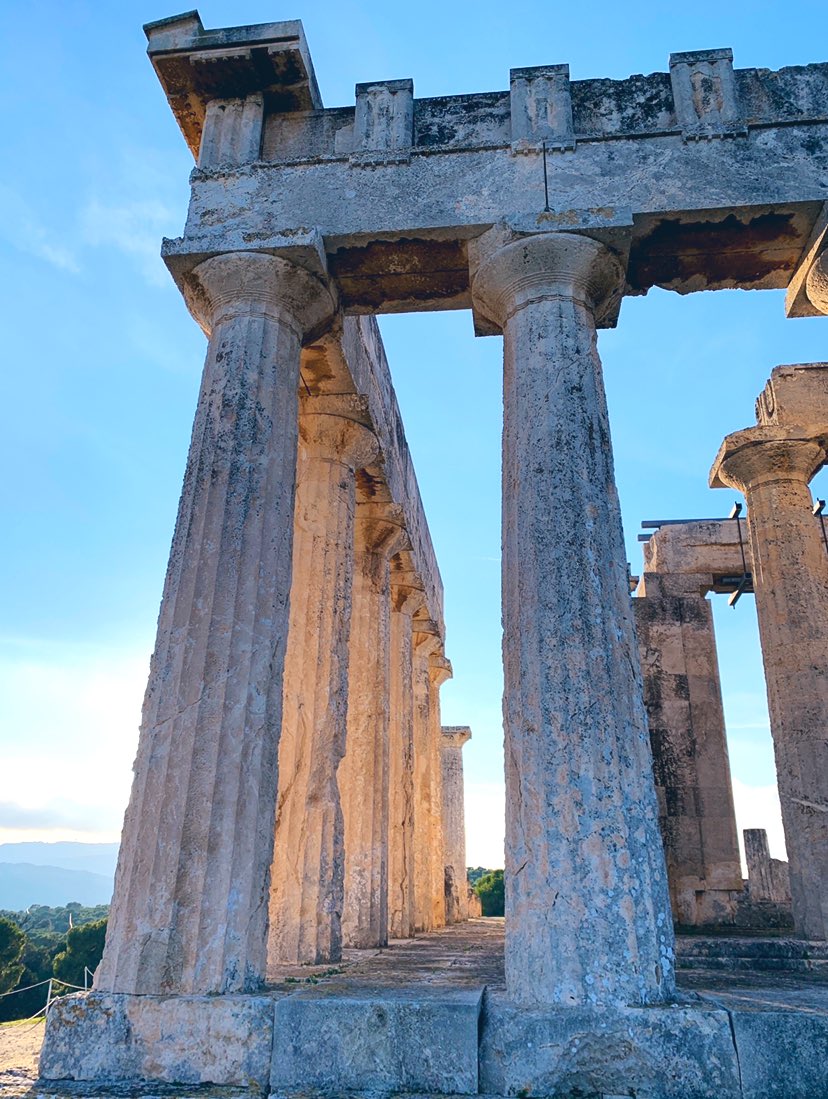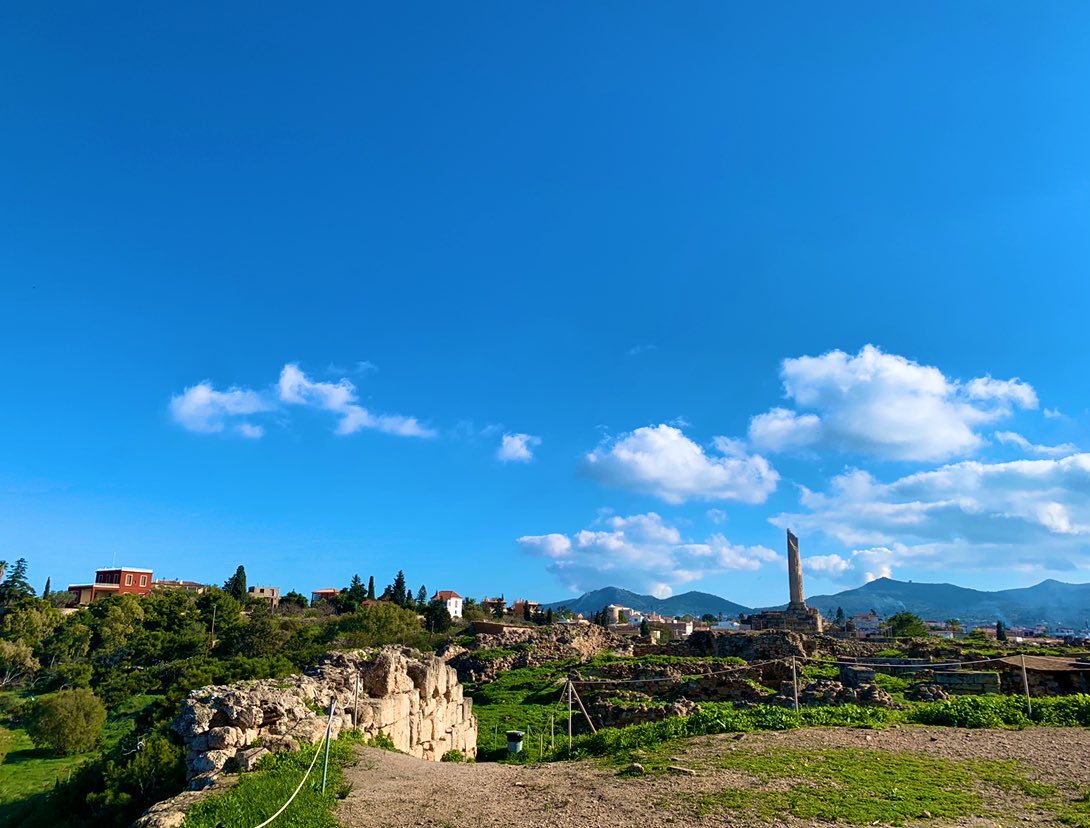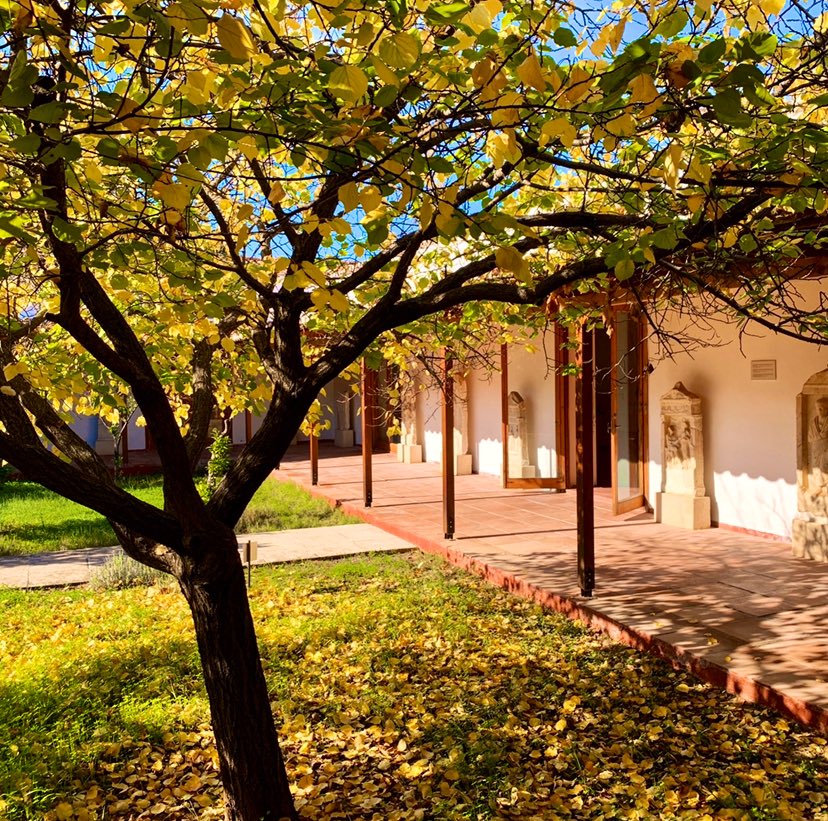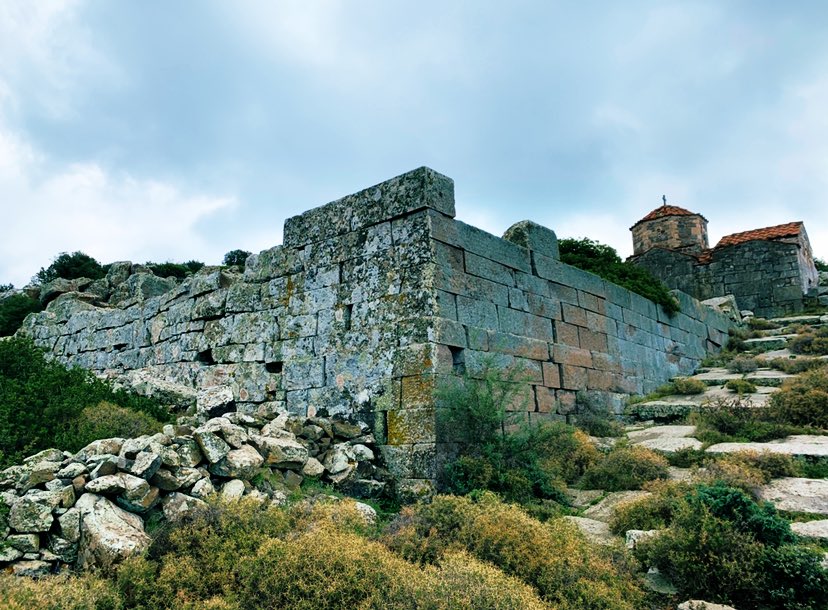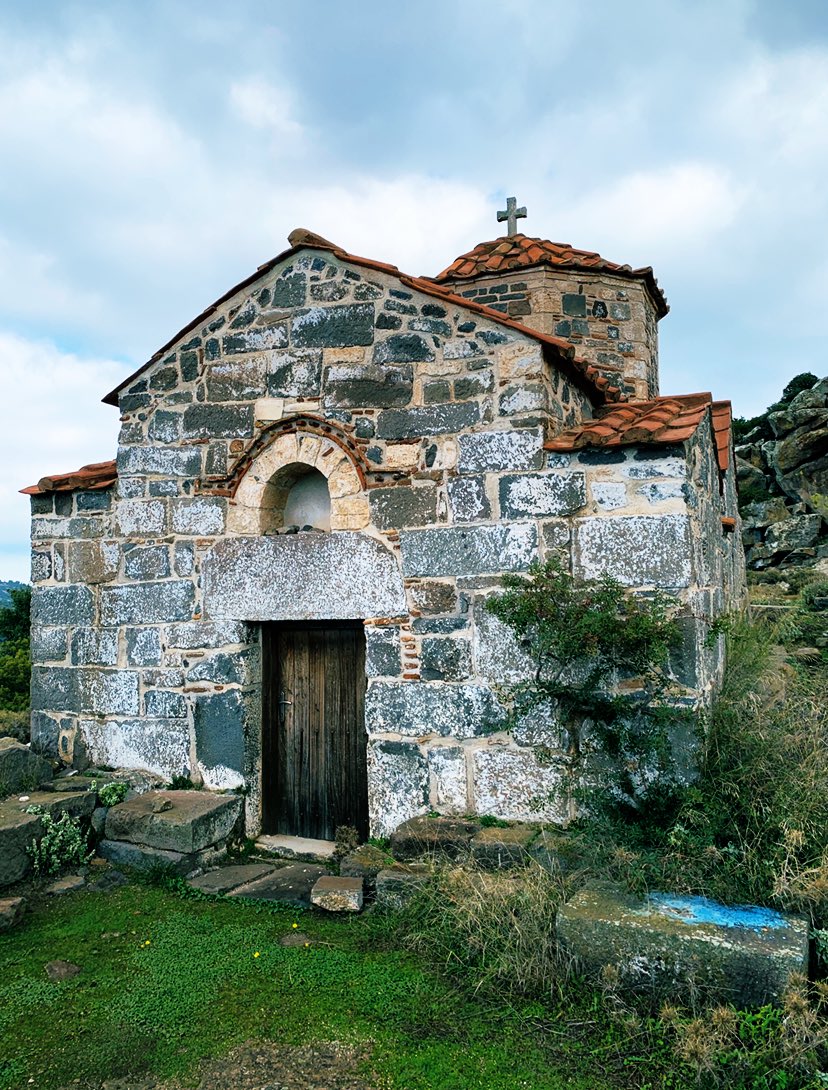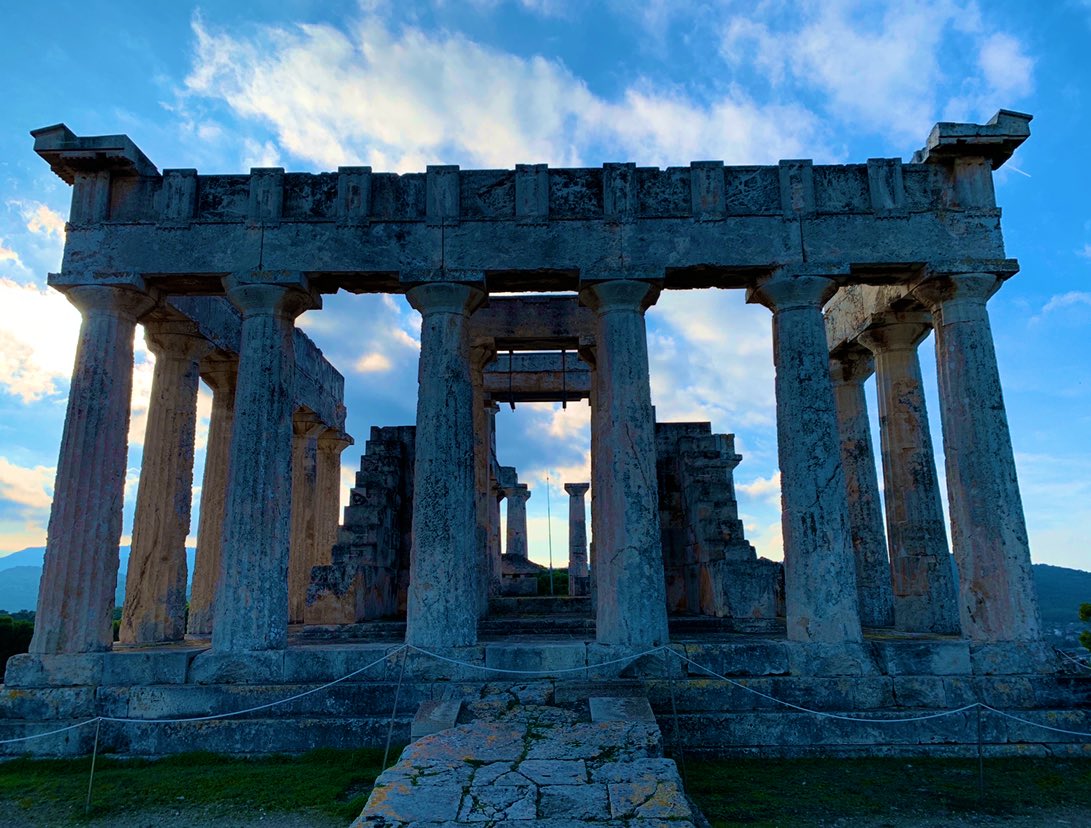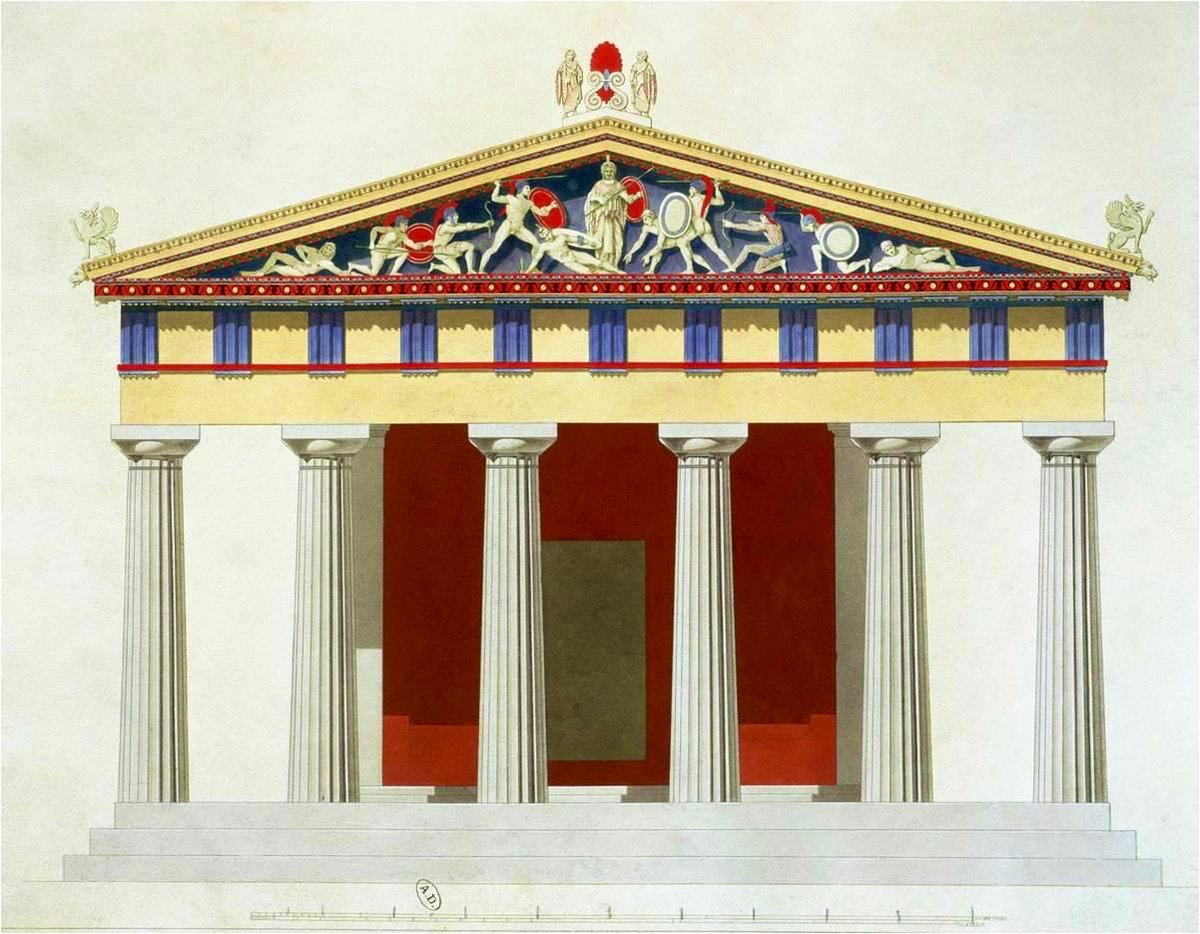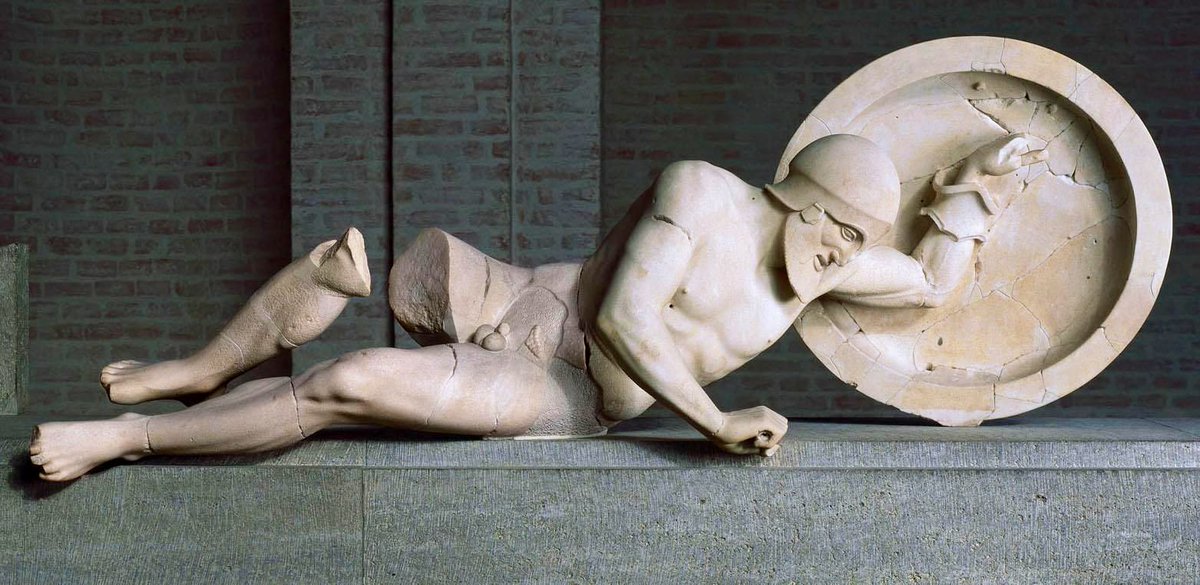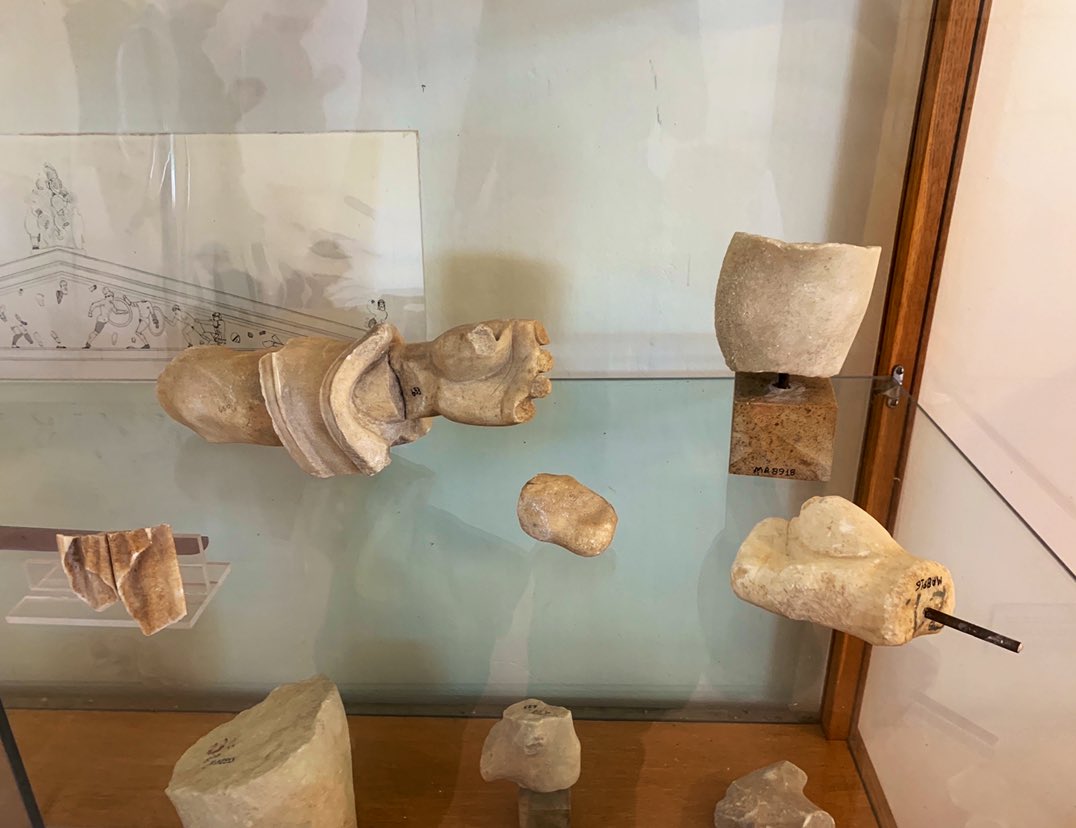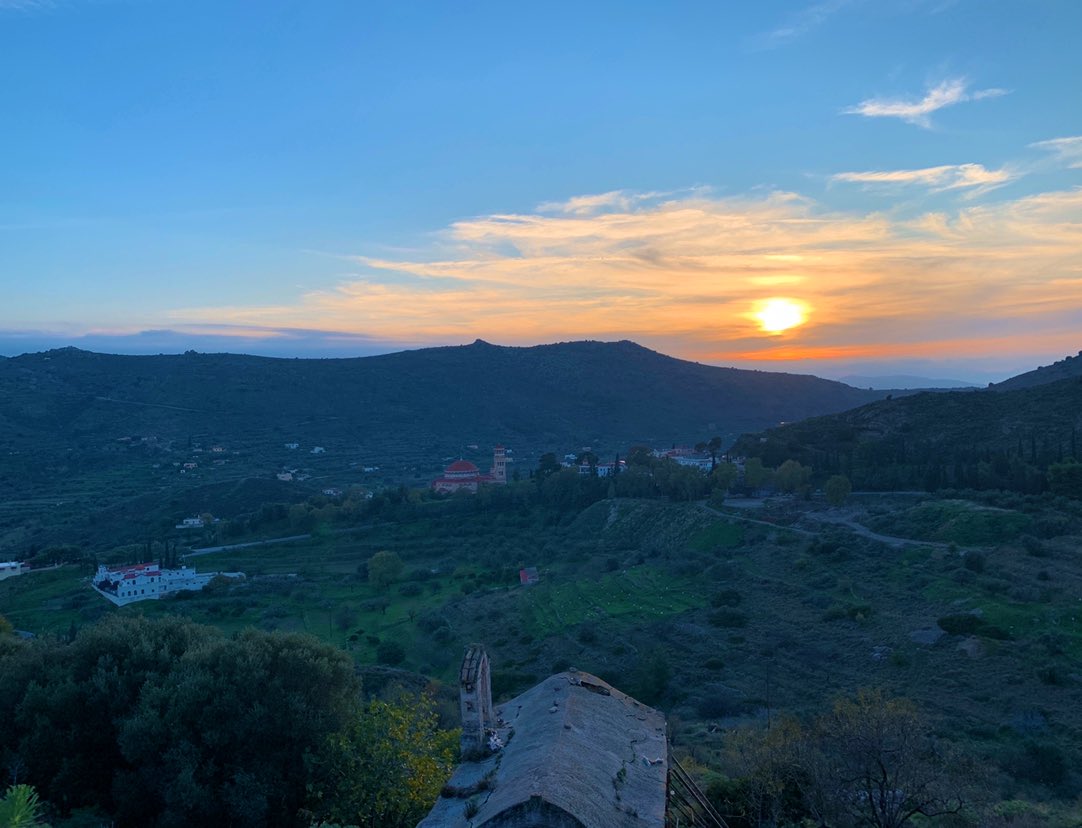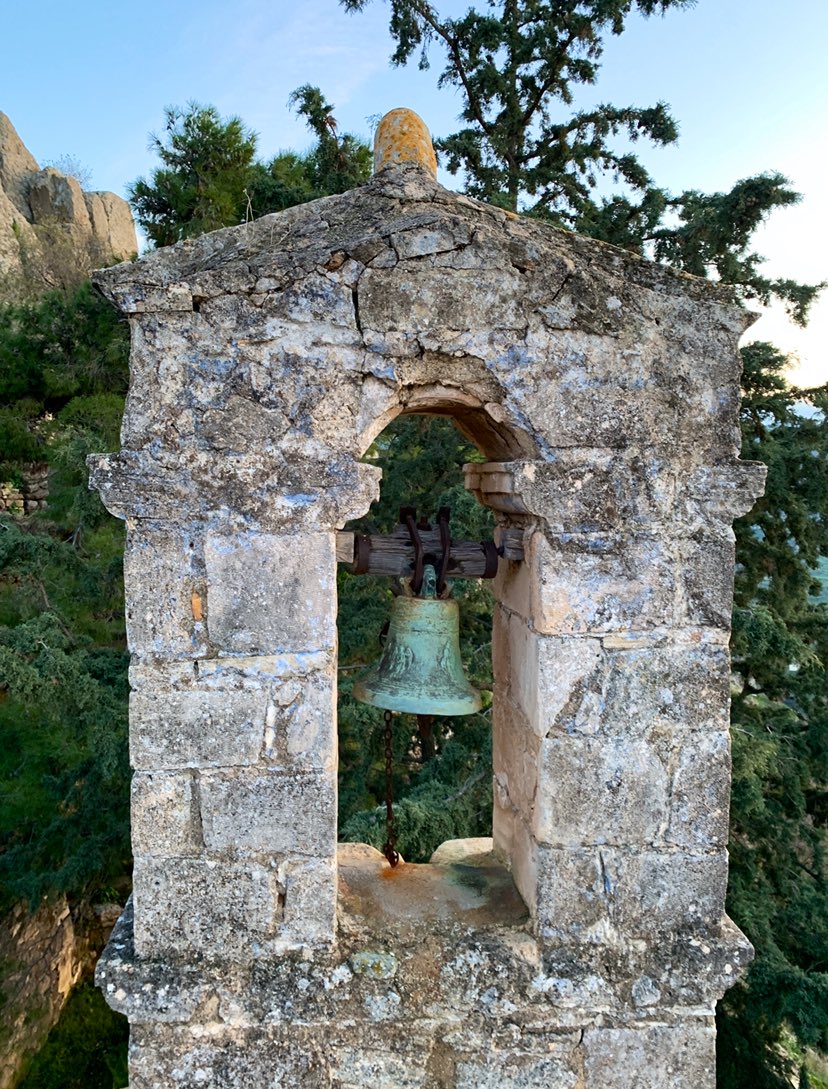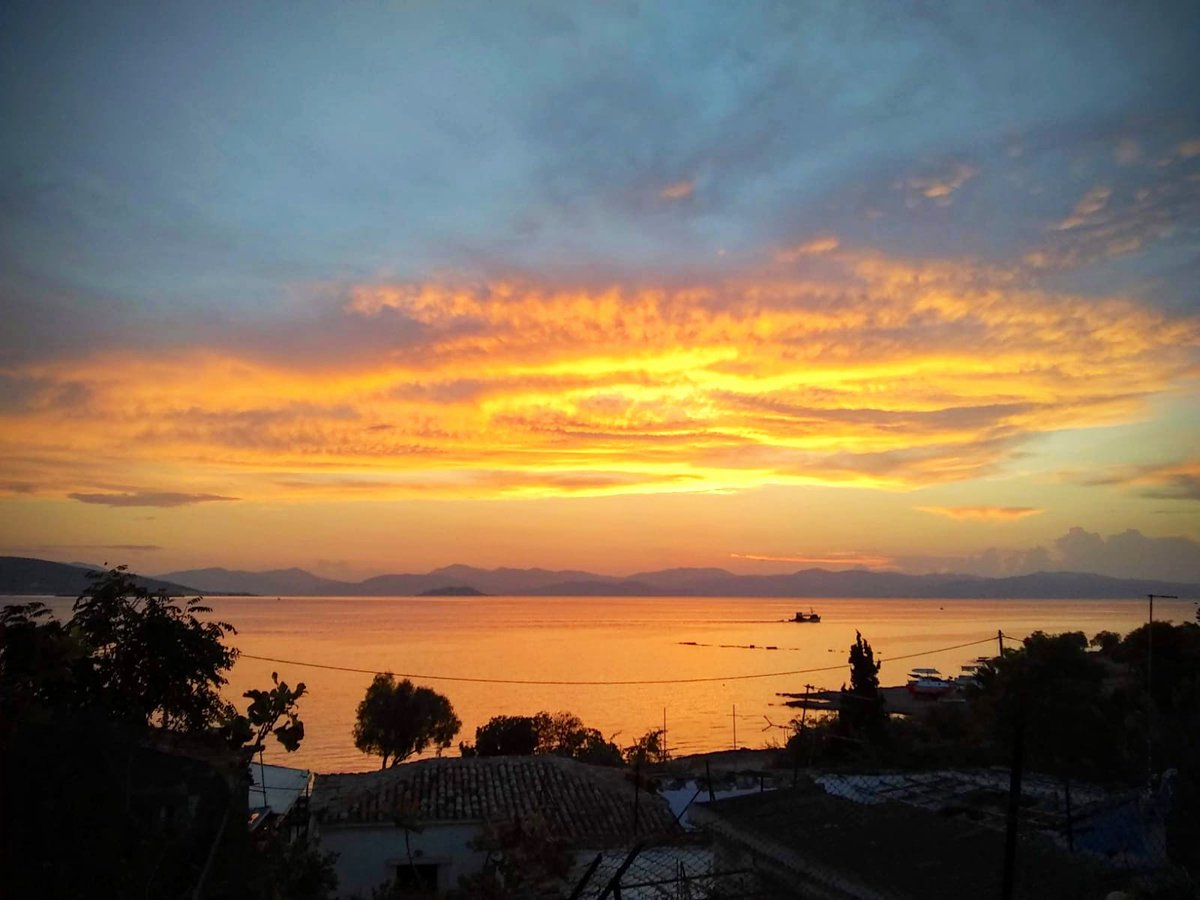Aegina might be everybody’s favorite island day trip to escape the summer in #Athens, but there’s more to the island than its pistachios, beautiful beaches, & excellent fish tavernas. Here’s a thread on it’s rich #archaeology, based on our trip with the @ASCSAthens last December!
Situated in the center of the Saronic Gulf, Aegina is both strategically located and spectacularly fertile. Its north and west are rolling plains with rich volcanic soils, which were intensively cultivated in antiquity. Today, most of these fields are dedicated to pistachios!
The port of Aegina is also the site of Kolonna, the island’s main ancient settlement. Named for this single column left standing from the Temple of Apollo, Kolonna is also one of the most spectacular Middle Helladic sites: a large fortified settlement with monumental buildings!
After the Bronze Age, Aegina is known for minting the first European coinage (this amazing silver stater with a turtle), developing a Saronic trading superpower, and being Athens first major rival before all of that Spartan business!
But did you know that it was the capital of Greece from 1828-1829? Kapodistrias founded the first Greek museum at Kolonna, since no European capital could be without one. This is why it houses antiquities from all across Greece! FYI it also has the best courtyard on the planet...
The highest point on the island is Mt. Oros, an extinct volcano in the south-center of the island. On its slopes sits the Sanctuary of Zeus Hellanios. Now the site of a 13th c church, this was the staging area for processions to the peak, where a marble altar & naiskos stand
Of course, everybody knows the Temple of Aphaea. Excavated in the 19/20th c, it’s not clear if it predates or postdates the Persian War (or a bit of both, as some say). The building is also a great example of ancient polychromy, & was still brightly colored when it was excavated!
Most of the sculpture is at the Munich Glyptothek, but there are still some scrappy fragments to be seen in the display cases of the archaeological museum at Kolonna. There’s plenty of archaic smiles & clever ways of dealing with the triangular spaces at the ends of the pediment!
A new one for me was our sunset visit to Paleochora, in the center of the island. The main Aeginetan settlement from the 9th century until the refoundation of the port in 1826, Paleochora’s dozens of churches and scores of houses sit in picturesque ruin
But one day on Aegina is not even close to enough, and there’s much more to see, hike, and certainly to eat! I’ll catch you there as soon as we’re all done #SocialDistancing!

 Read on Twitter
Read on Twitter